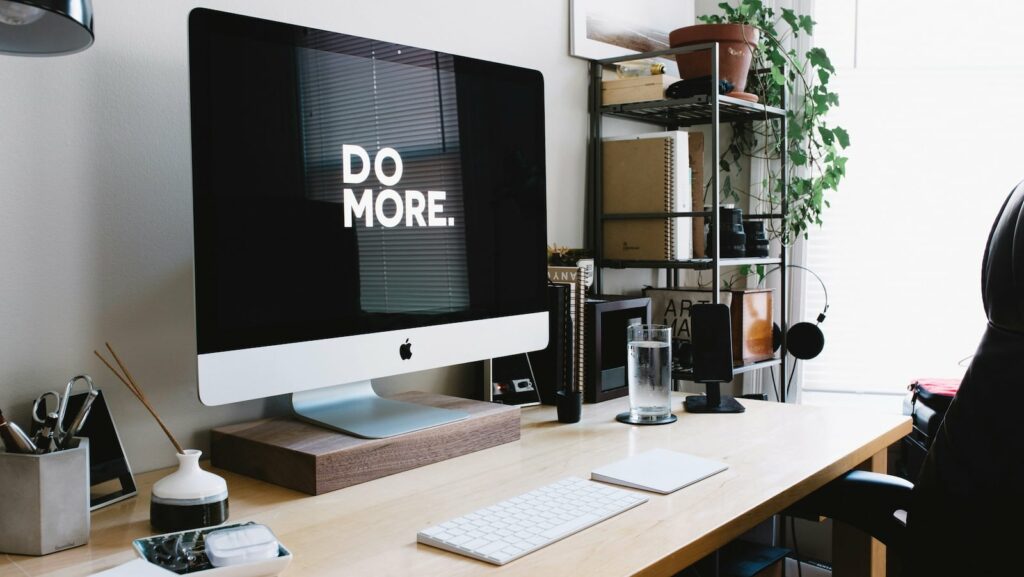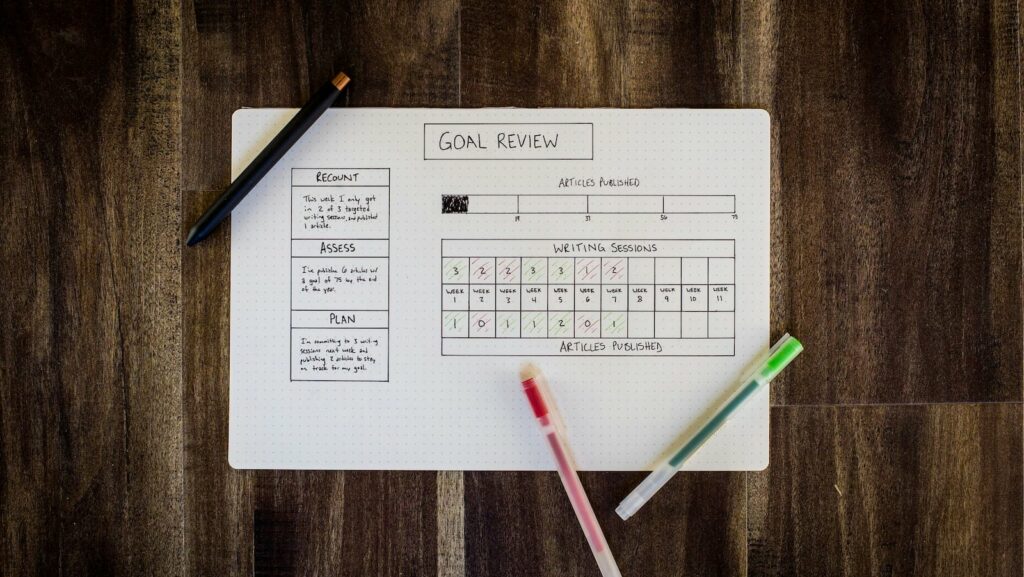Ready to supercharge your productivity? It all starts with mastering how you allocate your time. Say goodbye to the chaos of juggling tasks and hello to a structured day with a digital daily planner!
The way you manage your time can make a huge difference in your productivity. Distributing it effectively is not about cramming as many tasks as possible into one day, but about using each hour wisely to get closer to your personal and professional goals. And that’s why today we’re looking at digital planners for time allocation. They help create a structured day which can help reduce stress, increase focus, and ultimately lead to better productivity.
Use a digital daily planner
One of the best ways to organize your day is to use a digital daily planner template that will allow you to break down your day into manageable blocks and ensure you dedicate the right amount of attention to each task. With it, you can easily schedule your work, personal tasks, and even relaxation.
The benefit of digital planners is that you can access them from anywhere, simplifying the process of adjusting plans if needed. If you’re managing a busy workday or balancing personal errands, a digital planner ensures you have a handle on everything. Here’s what it can look like.
Prioritize tasks for better efficiency
Time allocation should start by identifying which tasks are high priority and which are less urgent. When you assign the most focus to tasks that align with personal goals or immediate needs, you’ll use time more effectively.
For example, starting the day with a high-priority task ensures you complete the most important task while energy levels are high. Lower-priority tasks, such as answering non-urgent emails or handling administrative work, can be reserved for later in the day. This method keeps productivity high and ensures that key tasks receive the attention they deserve. It can look like this:

Build a flexible schedule
A digital planner provides flexibility by allowing tasks to be moved around without disrupting the entire schedule. This adaptability ensures that unexpected interruptions do not derail your productivity.
For instance, if a work call runs longer than expected, the planner can be adjusted to push back less important tasks or shift them to another day. This level of flexibility reduces stress and allows for more adaptability when changes arise. Flexibility like this helps ensure that despite changes, the most important tasks are still completed.

Balance your tasks
Optimal productivity does not just apply to work. Personal errands and relaxation are equally important to maintain focus and avoid burnout. A well-structured day allows you to balance between professional and personal tasks. By scheduling self-care or hobbies on digital planners, there is a better chance of feeling refreshed and motivated throughout the day.
Your daily routine can include blocks for personal activities such as exercise, family time, or hobbies. This balance improves overall productivity by reducing the chances of fatigue and promoting mental health.
Make it goal-oriented
Distributing time based on what needs to be accomplished makes progress more measurable. Use a digital daily planner to track short- and long-term goals and align daily tasks with bigger objectives.
For example, if a personal goal is to improve fitness, dedicating a specific time block each day for exercise ensures consistent progress toward that goal. Similarly, allocating time for professional development, such as learning a new skill, leads to more tangible growth. By tying allocation to personal goals, it becomes easier to stay motivated and achieve desired outcomes.

Final thoughts on time allocation
Mastering the art of time allocation can have a huge impact on productivity and may even reduce stress. With flexible planning, you can manage tasks efficiently and ensure your personal needs are prioritized. Structuring the day in this way leads to a more balanced and focused lifestyle and makes it easier to achieve your goals.